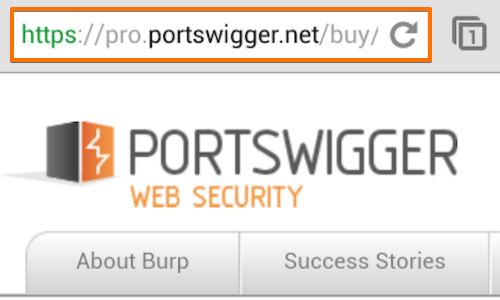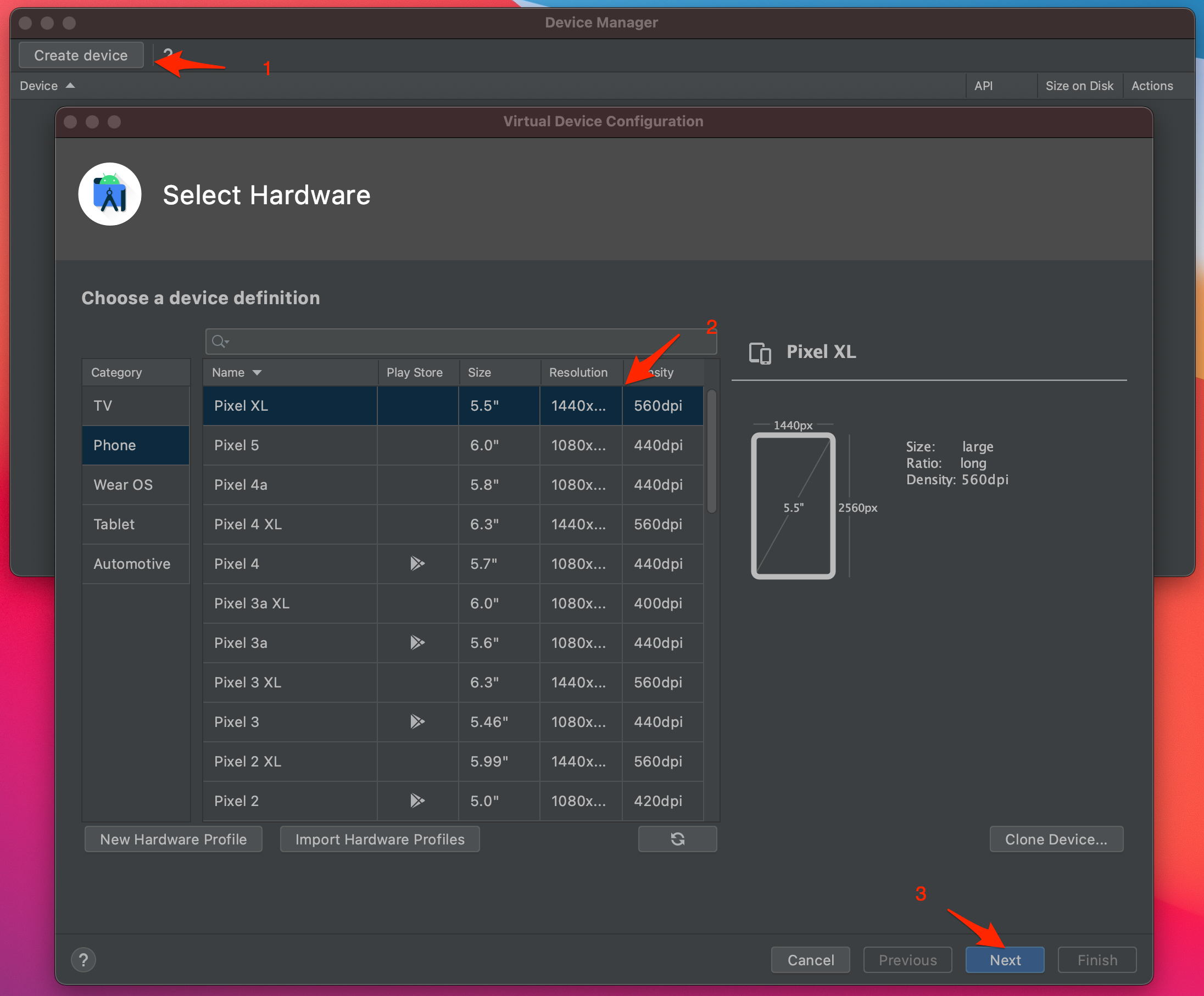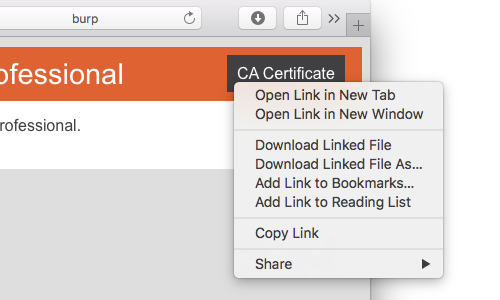

- Burp certificate install install#
- Burp certificate install driver#
- Burp certificate install manual#
- Burp certificate install password#
If the listener is bound to all interfaces or to a specific non-loopback interface, other computers may be able to connect to the listener. Managing application logins using the configuration library.Submitting extensions to the BApp Store.Viewing requests sent by Burp extensions using Logger.

Burp certificate install manual#
Complementing your manual testing with Burp Scanner.Testing for directory traversal vulnerabilities.Testing for blind XXE injection vulnerabilities.Testing for XXE injection vulnerabilities.Exploiting OS command injection vulnerabilities to exfiltrate data.Testing for asynchronous OS command injection vulnerabilities.Testing for OS command injection vulnerabilities.Bypassing XSS filters by enumerating permitted tags and attributes.Testing for web message DOM XSS with DOM Invader.Testing for SQL injection vulnerabilities.Spoofing your IP address using Burp Proxy match and replace.Testing for parameter-based access control.Identifying which parts of a token impact the response.The external IP of the web server service is the IP you need to access Burp Suite Enterprise Edition. This command displays details of all services in the namespace, including their external IP address. Otherwise run the following command to find the address: If you've used our template, the address of the webserver console is displayed after successful deployment. Once the installation process is complete, you need to extract your Burp Suite Enterprise Edition external IP address to access the application.
Burp certificate install install#
Helm install -n bsee-namespace bsee-deployment enterprise-helm-folder Extracting the web server IP address This is the same namespace that you used for your PersistentVolumeClaim.įor example, to use a chart located in enterprise-helm-folder to deploy Burp Suite Enterprise Edition to a deployment called bsee-deployment with a namespace of bsee-namespace, you would run: To install Burp Suite Enterprise Edition once you have downloaded the Helm chart, first make sure that you have created the namespace that you want to use for the deployment.
Burp certificate install password#
Set scanningResourcePassword to the password of the scanning machine database user. Set scanningResourceUsername to the username of the scanning machine database user.Īdditionally, if your database requires a different format for the username when connecting externally (for example, set scanningResourceConnectionUsername for the scanning machine database user. Set enterpriseServerPassword to the password for the Enterprise Server database connection. Set enterpriseServerUsername for the user that you want Enterprise Server to use to connect to the database.Īdditionally, if your database requires a different format for the username when connecting externally (for example, set enterpriseServerConnectionUsername to the connection username. For more information on JDBC URLs in Burp Suite Enterprise Edition, see Database connection URL format. The format for the URL changes depending on the type of database you want to use. Set url to the JDBC URL of your database. In the values.yaml file, set the values for database within the quote marks, as follows: If you later decide to switch between an HTTPS and an HTTP connection, you need to set useHttps to false, and perform a Helm upgrade.

Deploying Burp Suite Enterprise Edition to Kubernetes.Integrating with issue tracking platforms.
Burp certificate install driver#
Configuring a Burp Scan using the generic CI/CD driver.Configuring a site-driven scan using the generic CI/CD driver.Configuring a site-driven scan in TeamCity.Configuring a site-driven scan in Jenkins.Creating an API user for CI/CD integration.Environment network and firewall settings.Raising tickets from within Burp Suite Enterprise Edition.Configuring site and scan data settings.Configuring default false positive settings.Defining the scan configuration for a folder.



 0 kommentar(er)
0 kommentar(er)
